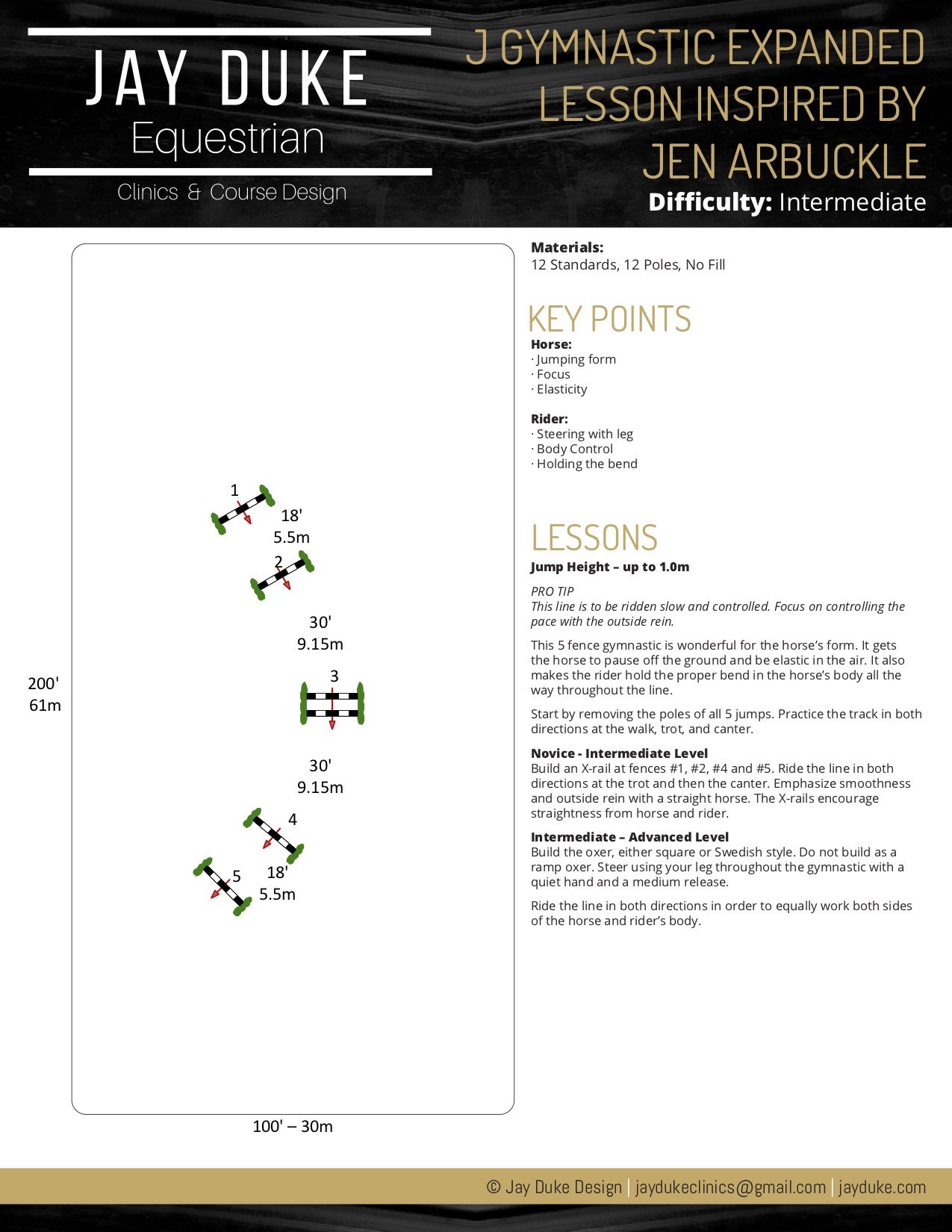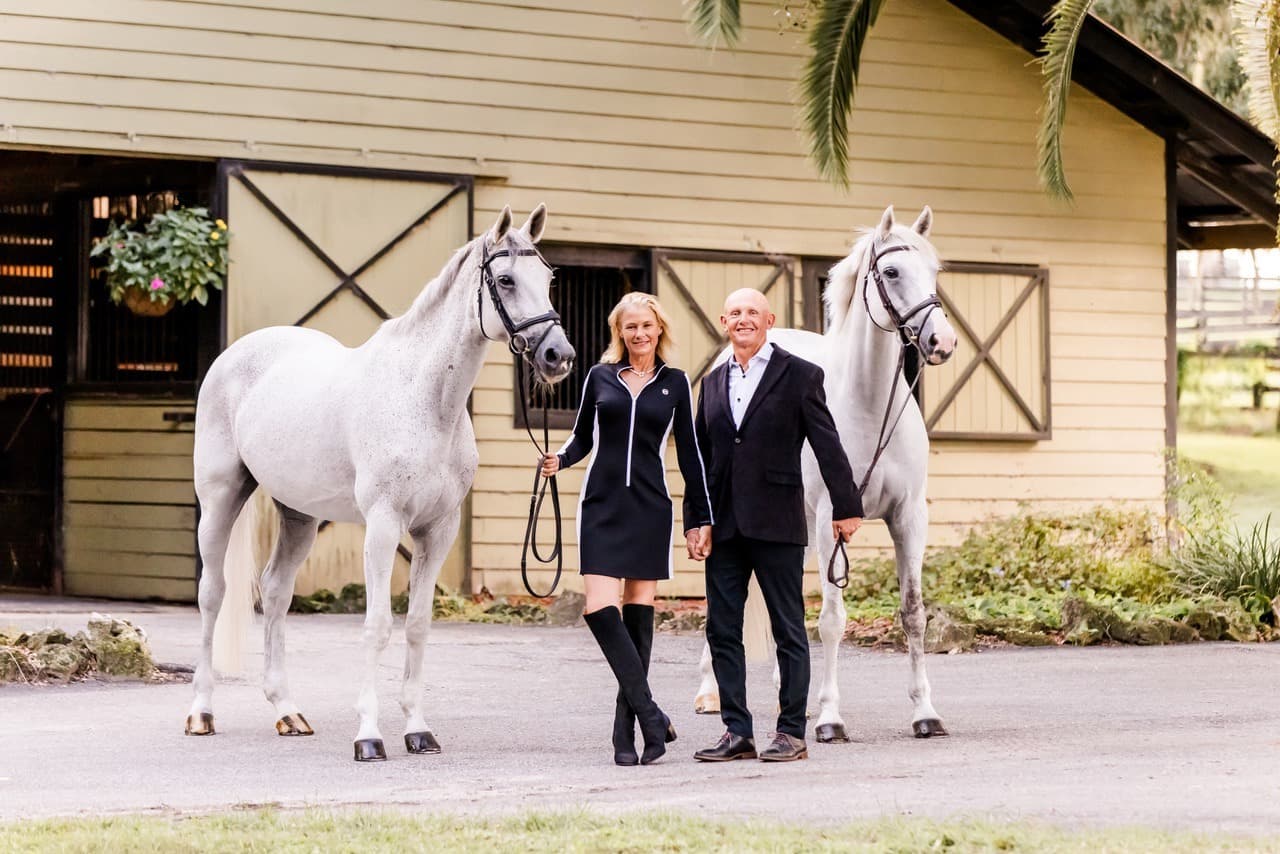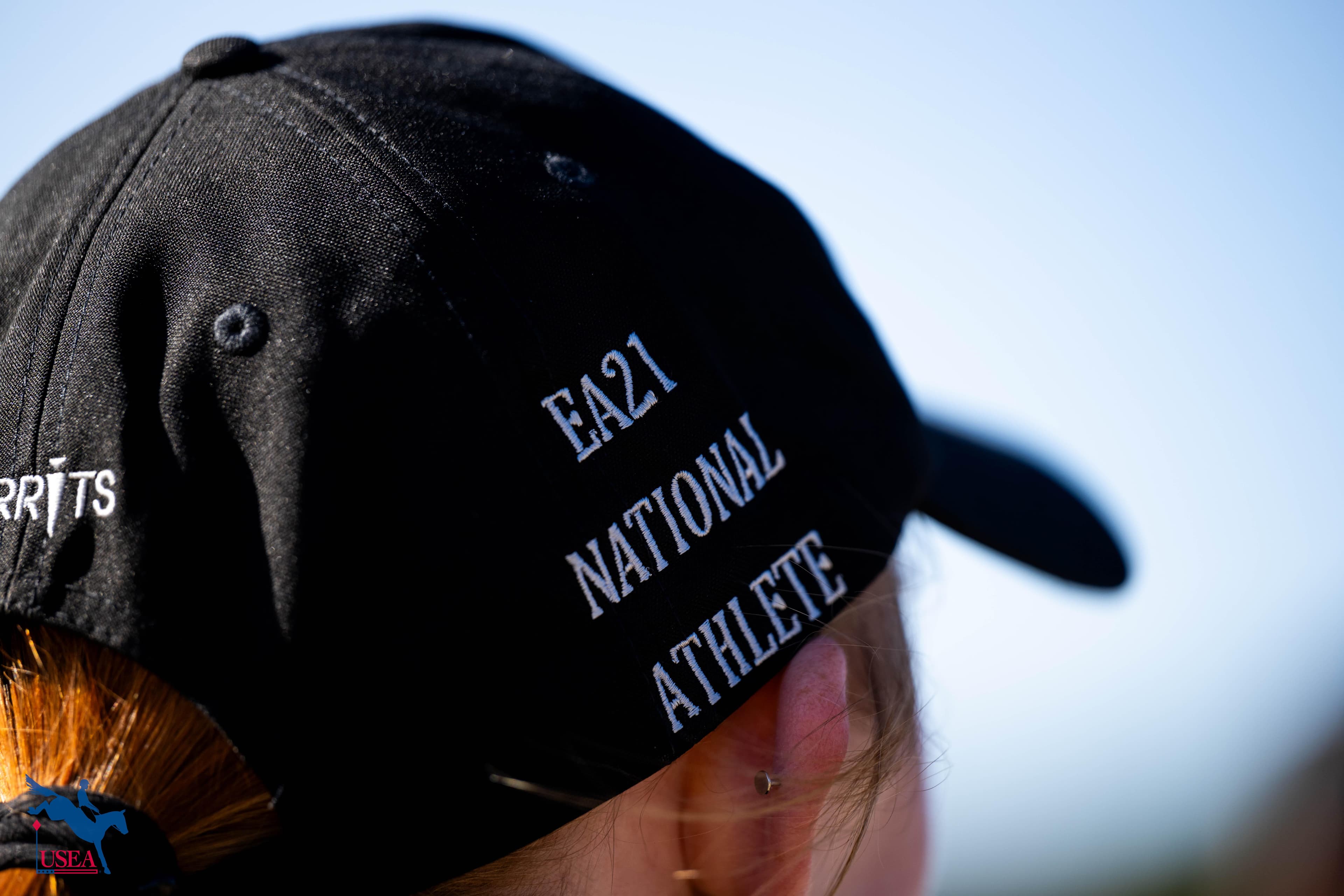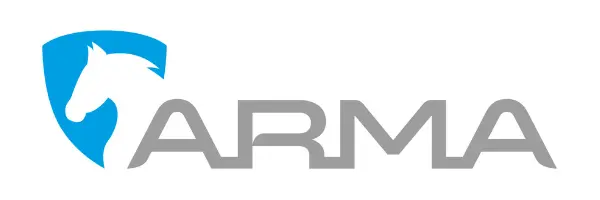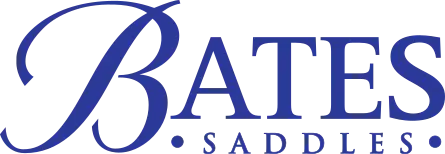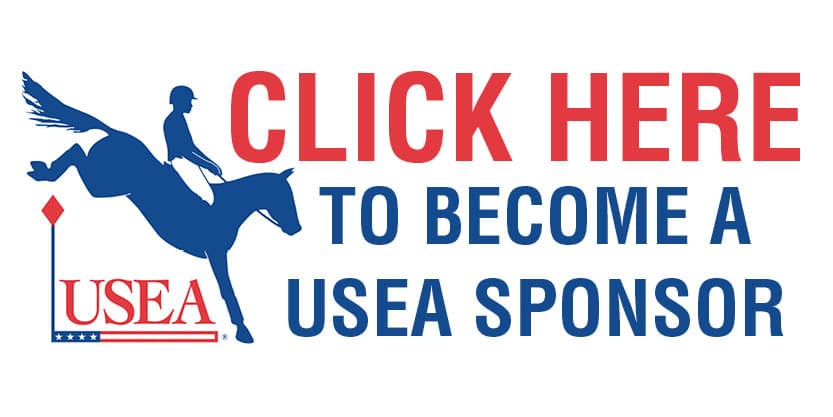Three Lessons to Sharpen Your Show Jumping Skills with Jay Duke
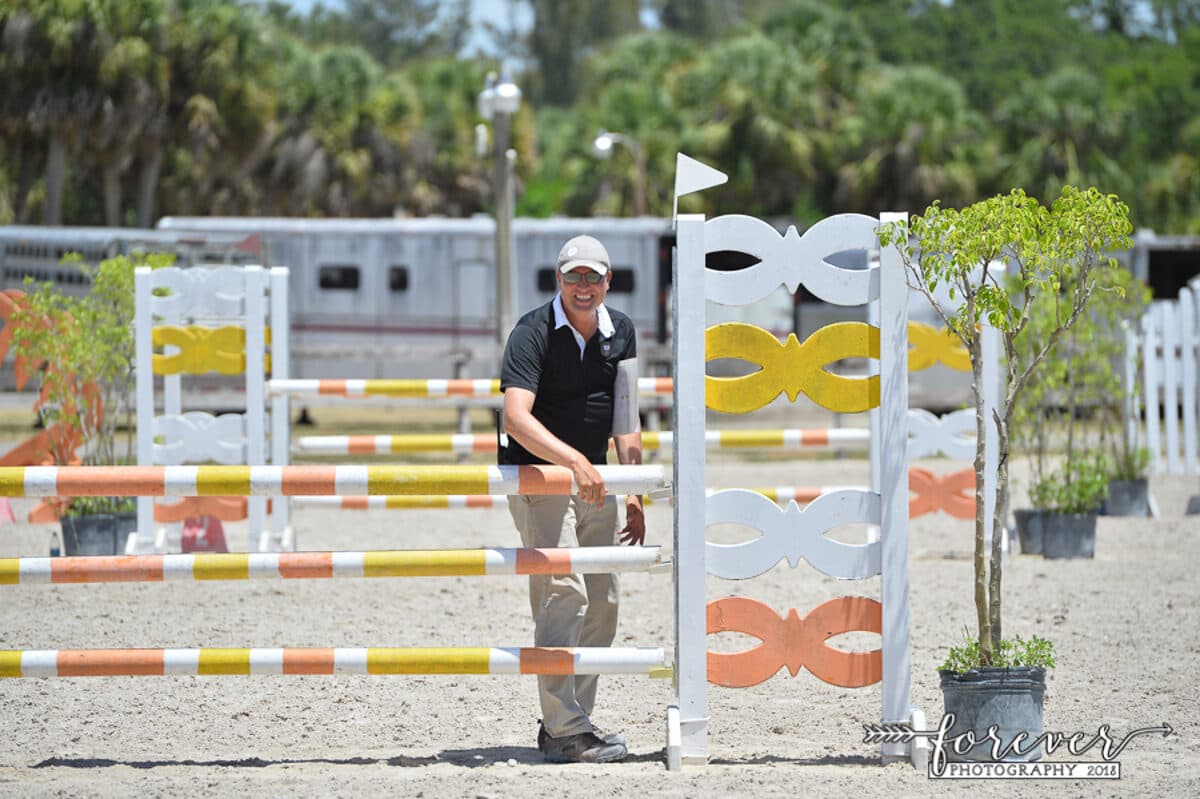
Jay Duke believes that good horsemanship is good horsemanship. It doesn’t matter if a rider dons a hunt coat, a cross-country vest, or dressage coattails. A Canadian Show Jumping Team veteran, renowned clinician, and founder of the Jay Duke Equestrian Virtual Lesson Subscription Program, Duke has become a popular choice for eventers as well as show jumping athletes for his ability to bring out the best in horses and riders.
Jay conducts several clinics a year at High Plains Stables in Billings, Mont, home of four-star event rider Martha McDowell. It is there, and at several other eventing barns throughout North America, that he helps many eventers polish their jumping skills and improve their show jumping and cross-country rounds.
“The skills that a competent rider must have are not so different from discipline to discipline or from the lower level to the higher level; it’s the expectations and technicality that vary,” said Duke. “When I teach a clinic to eventers, I ask every rider two questions: ‘What’s your biggest struggle?’ and ‘What’s your biggest strength?’ From there, I try to get the most from that horse and rider and produce a positive result where both did something they didn’t think they were capable of doing. Your level or the kind of saddle you ride in plays no role. Anybody that has a positive attitude and wants to learn can be successful, and that is what I find most enjoyable.”
Three Jay Duke Virtual Lesson Subscription Program Exercises for the Eventer
K Course
A word from Duke: This course is a good one as it works on most everything you will see at a horse show using only five fences. I encourage you to create other patterns because there is a week’s worth of lessons from this pattern. As always, adjust the distances as needed for each horse.
The goal: To prepare for competition and perfect course work, bending lines, and bending lines into a combination.
Tip from Duke: Focus on straightness at the jumps with the outside bearing rein.
The lesson:
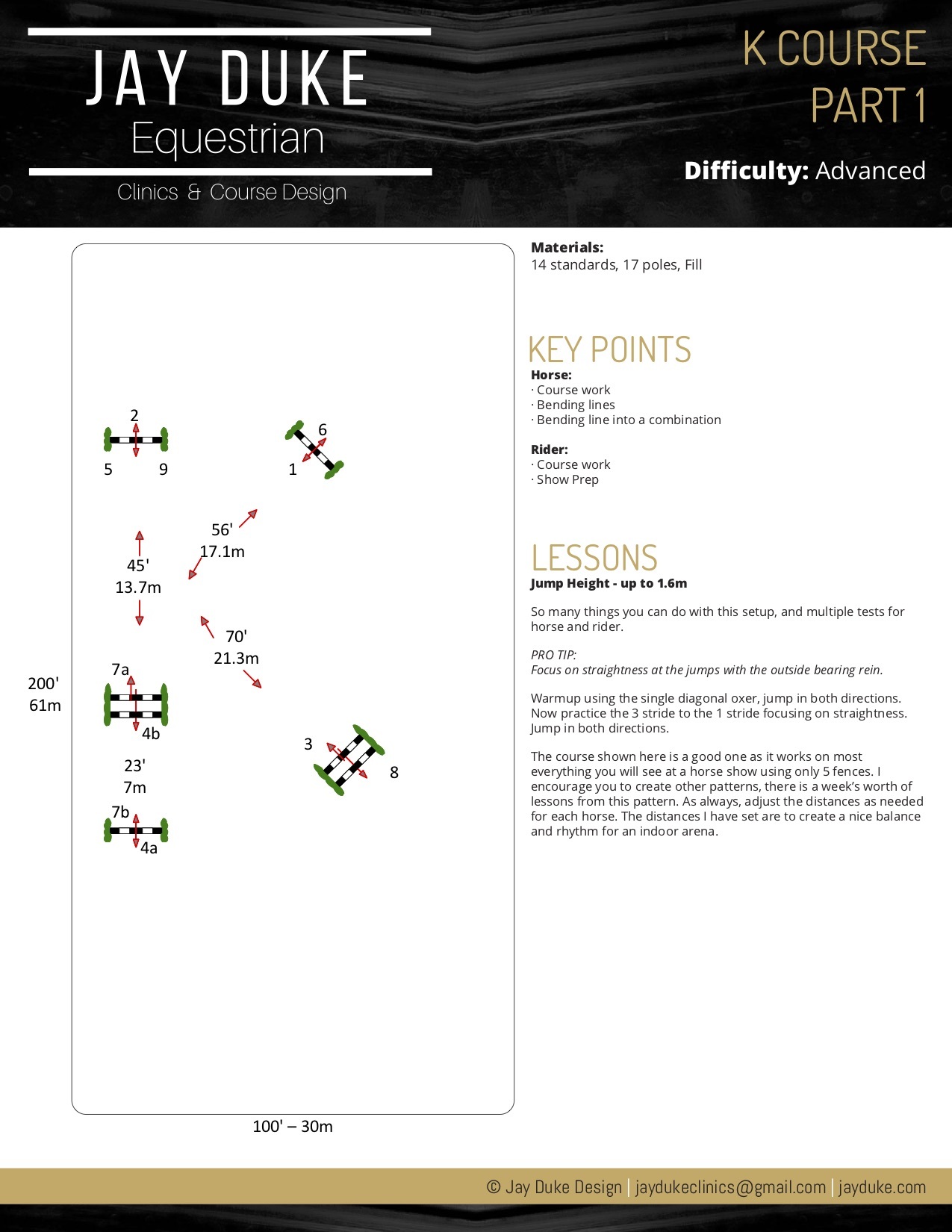
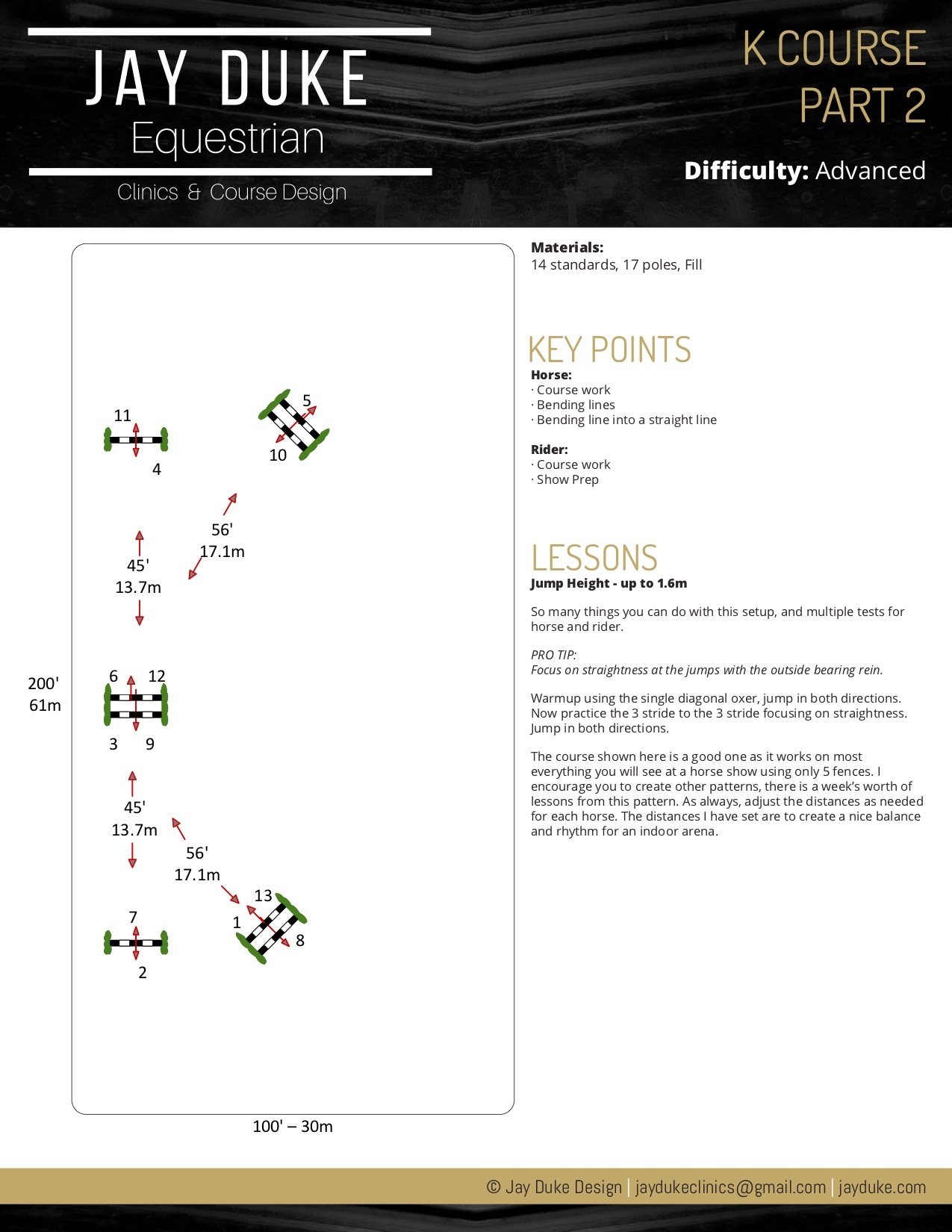
Flatwork After The Jump
A word from Duke: This lesson works on rideability after the jump. Proper, effective flatwork between the fences on course is vital to a good round. Here we are working on transitions, lead changes, and circles after the gymnastic.
The Goal: A horse with clean lead changes, smooth transitions, and quietness after the fence. A rider with an effective position and a relaxed horse after the fence.
Tip from Duke: Work on the canter being supple and relaxed on the circles and the horse being straight on the center line.
The lesson:
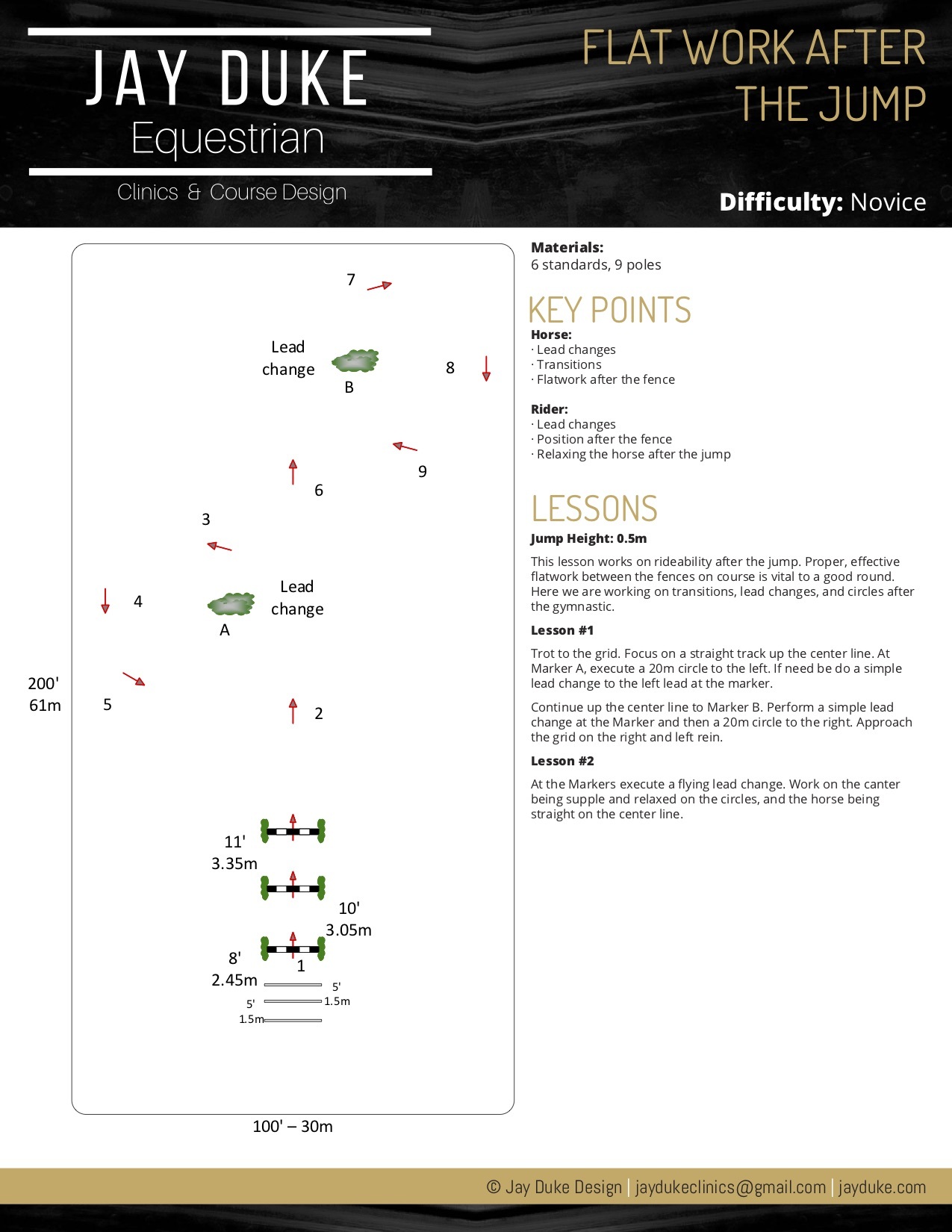
J Gymnastic Expanded
A word from Duke: This five-fence gymnastic is wonderful for the horse’s form. It gets the horse to pause off the ground and be elastic in the air. It also makes the rider hold the proper bend in the horse’s body all the way through the line.
The goal: A horse jumping correctly, focused, and with elasticity. A rider who is steering with the leg and has stable body control while holding the bend.
Tip from Duke: This line is to be ridden slow and controlled. Focus on controlling the pace with the outside rein.
The lesson:
